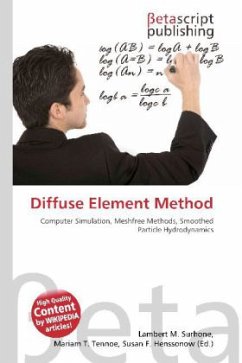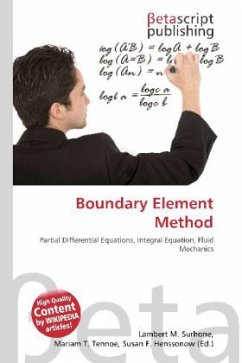Please note that the content of this book primarily consists of articles available from Wikipedia or other free sources online. The diffuse element method (DEM) is a computer simulation technique used in engineering analysis. It is a meshfree method. The diffuse element method was developed by Nayroles, Touzot and Villon in 1992. It is in concept rather similar to the much older smoothed particle hydrodynamics, though there is no reference to it in their paper. In the paper they describe a "diffuse approximation method", a method for function approximation from a given set of points. In fact it seems they rediscovered an already known technique, moving least squares. Using this function approximation method, partial differential equations and thus fluid dynamic problems can be solved. For this, they coined the term Diffuse Element Method (DEM). Advantages over finite element methods are that DEM doesn''t rely on a grid, and is more precise in the evaluation of the derivations of the reconstructed functions.
Bitte wählen Sie Ihr Anliegen aus.
Rechnungen
Retourenschein anfordern
Bestellstatus
Storno








